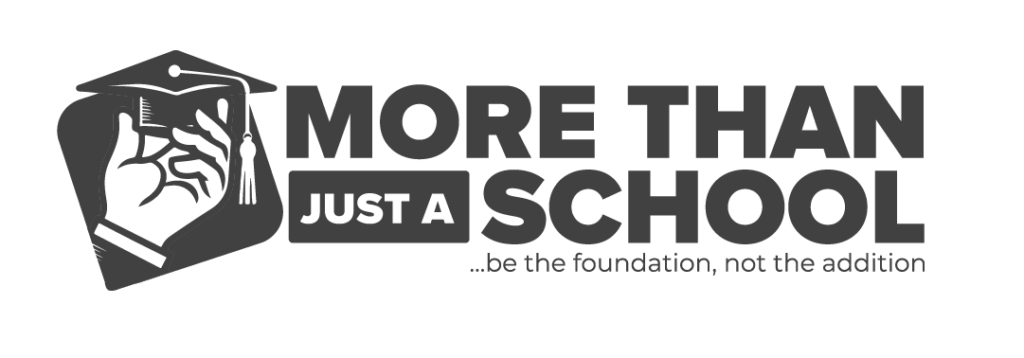Many Black and minority professionals often find themselves in a place of quiet desperation, facing challenges that are difficult, sometimes even impossible, to articulate. In an effort to provide relief and foster a more inclusive work environment, diversity, equity, and inclusion (DEI) have become major talking points. Yet, for many, the reality is starkly different. Microaggressions; subtle, everyday biases, silently erode career progress, workplace confidence, and overall well-being. While they may seem insignificant to those who don’t experience them, their cumulative impact has proven overtime to be devastating.

Understanding Microaggressions in the Workplace
Microaggressions are subtle, often unintentional comments or behaviors that reinforce negative stereotypes about marginalized groups. The biggest challenge with microaggressions is that their impact is often invisible to those who don’t experience them firsthand. While they may seem insignificant or unintentional to outsiders, the individuals on the receiving end fully grasp their weight and cumulative effects. These microaggressions can take many forms, including:
- Questioning their competence e.g “I’m surprised at how articulate you are”
- Invalidation of experiences eg “I don’t see color” or “You’re being too sensitive.”
- Assumptions about background e.g. “Where are you really from?”
- Dismissing cultural identity – Mocking accents or mispronouncing names repeatedly.
The biggest challenge is that these actions often seem trivial, making it easy to dismiss or downplay their impact. When victims speak up, they may be made to feel; or even be told, that they are overreacting or being overly sensitive. As a result, these microaggressions go unaddressed, gradually accumulating and fostering a toxic work environment that stifles career growth and takes a toll on mental health.
How Microaggressions Derail Careers
Microaggressions are far more serious than they may seem. While they might appear to be minor inconveniences or isolated incidents, their cumulative impact can be profound; affecting not just confidence and career growth, but also financial stability. Over time, these seemingly small actions create a hostile work environment where Black and minority professionals struggle to advance, are overlooked for opportunities, and may even feel compelled to leave their jobs. The result? Lost wages, stalled careers, and an ever-widening gap in workplace equity. Here are some ways microaggressions can derail careers:
1. Erosion of Confidence and Self-Worth
Repeated exposure to microaggressions chips away at a person’s confidence, often leading to imposter syndrome; a persistent feeling of self-doubt, even in the face of clear achievements. When highly qualified professionals are constantly questioned about their abilities, overlooked for key projects, or subtly excluded from important conversations, they may start second-guessing their own competence.
Over time, this internalized doubt can negatively impact job performance, lower self-esteem, and diminish career ambition. Talented individuals may begin to shrink back from leadership opportunities, avoiding roles where they feel they might be scrutinized or judged unfairly. This self-limiting effect means fewer minority professionals in decision-making positions, reinforcing the very biases that created the barriers in the first place.
2. Increased Stress and Mental Health Struggles
The emotional toll of dealing with microaggressions daily is exhausting. Black and minority professionals often find themselves in a constant state of hyper-awareness, questioning whether a comment or action was rooted in bias or simply a misunderstanding. This mental burden leads to heightened stress, anxiety, and, in many cases, depression.
Beyond the psychological strain, prolonged stress can have physical health consequences, including high blood pressure, sleep disorders, and chronic fatigue. The workplace, which should be a space for professional growth, instead becomes a source of emotional distress. When employees feel unseen, undervalued, or deliberately excluded, their engagement and productivity decline. Many eventually feel forced to quit their jobs, seeking environments where they are respected and supported.
3. Higher Turnover Rates
Companies that ignore or downplay microaggressions often struggle with high turnover rates among Black and minority professionals. When employees repeatedly experience exclusion, bias, and a lack of support, they begin to disengage and, ultimately, leave.
For organizations, this leads to a major loss of talent and institutional knowledge. Recruiting and training new employees is costly, and when companies fail to retain diverse talent, it reflects poorly on their culture and commitment to inclusion. Additionally, a reputation for having a toxic or unwelcoming workplace can deter future diverse candidates from applying altogether.
In contrast, businesses that proactively address microaggressions create a culture where employees feel valued, respected, and empowered to succeed. The result? Higher retention rates, stronger teams, and a truly inclusive work environment.
What Companies Can Do to Combat Microaggressions

Many companies focus on surface-level diversity and inclusion activities, which can sometimes lead to token gestures rather than addressing the deeper, systemic issues that contribute to microaggressions in the workplace. The goal of these superficial initiatives, such as giving a small percentage of Black and minority employees leadership positions or showcasing diversity through marketing materials, is often to improve the company’s public image or meet diversity quotas, rather than fostering genuine inclusivity or addressing the core problem.
Microaggressions often persist because organizations fail to address the deeper cultural and structural issues that allow them to thrive. When companies implement diversity and inclusion (D&I) strategies that are more about appearance than substance, it can lead to frustration and resentment among employees, especially those who feel tokenized or overlooked. For example, appointing Black or minority employees to leadership roles as a way of meeting diversity goals can inadvertently reinforce the idea that these individuals are being promoted because of their race or ethnicity rather than their qualifications or merit. This can perpetuate the stereotype that these employees are only promoted due to diversity initiatives, rather than being recognized for their skills and experience.
To truly tackle microaggressions and foster an inclusive workplace, companies need to focus on more than just numbers and superficial measures. Here are a few ways to go beyond surface-level D&I:
- Redesign Hiring and Promotion Processes: Organizations should focus on creating fair, merit-based processes that actively seek to address unconscious biases. This can involve reevaluating how job descriptions are written, ensuring hiring panels are diverse, and implementing blind recruitment practices to minimize bias in the selection process.
- Provide Comprehensive Training: Rather than offering one-off workshops on diversity, companies should invest in ongoing education around topics such as unconscious bias, power dynamics, and microaggressions. It’s crucial that training is not just about awareness, but about actionable steps to address these issues on a daily basis.
- Foster Open Dialogue: Creating a culture of transparency and open communication is key. Employees should feel safe expressing their concerns about microaggressions or other discriminatory behavior without fear of retaliation. This can be achieved by implementing clear channels for reporting incidents and ensuring that these concerns are addressed quickly and appropriately.
- Mentorship and Sponsorship Programs: Instead of token appointments to leadership roles, companies can implement mentorship or sponsorship programs that offer support, guidance, and career development opportunities to employees from underrepresented groups. These programs can help individuals develop the skills and networks necessary to advance in their careers on the basis of merit.
- Measure and Reflect on Progress: Companies should move beyond simple diversity metrics (like the percentage of diverse hires) and focus on outcomes that truly reflect a commitment to inclusion. This can involve tracking the retention and progression of employees from underrepresented groups, and ensuring that they are being given equal opportunities for advancement and leadership roles.
- Encourage Allyship and Active Listening: Colleagues should be encouraged to call out microaggressions when they witness them. Creating a culture of accountability helps dismantle toxic workplace behaviors.
Conclusion
Ultimately, addressing microaggressions and creating an inclusive workplace requires a deep, systemic change in how companies operate. It’s not just about ticking boxes or meeting quotas; it’s about fostering a culture where everyone feels valued, respected, and empowered to succeed based on their qualifications and abilities, rather than their background or identity.
Microaggressions are not harmless. They are silent but destructive forces that hinder the careers of Black and minority professionals, preventing them from reaching their full potential. It’s time to move beyond performative diversity efforts and take real action. The future of workplace equality depends on it.


